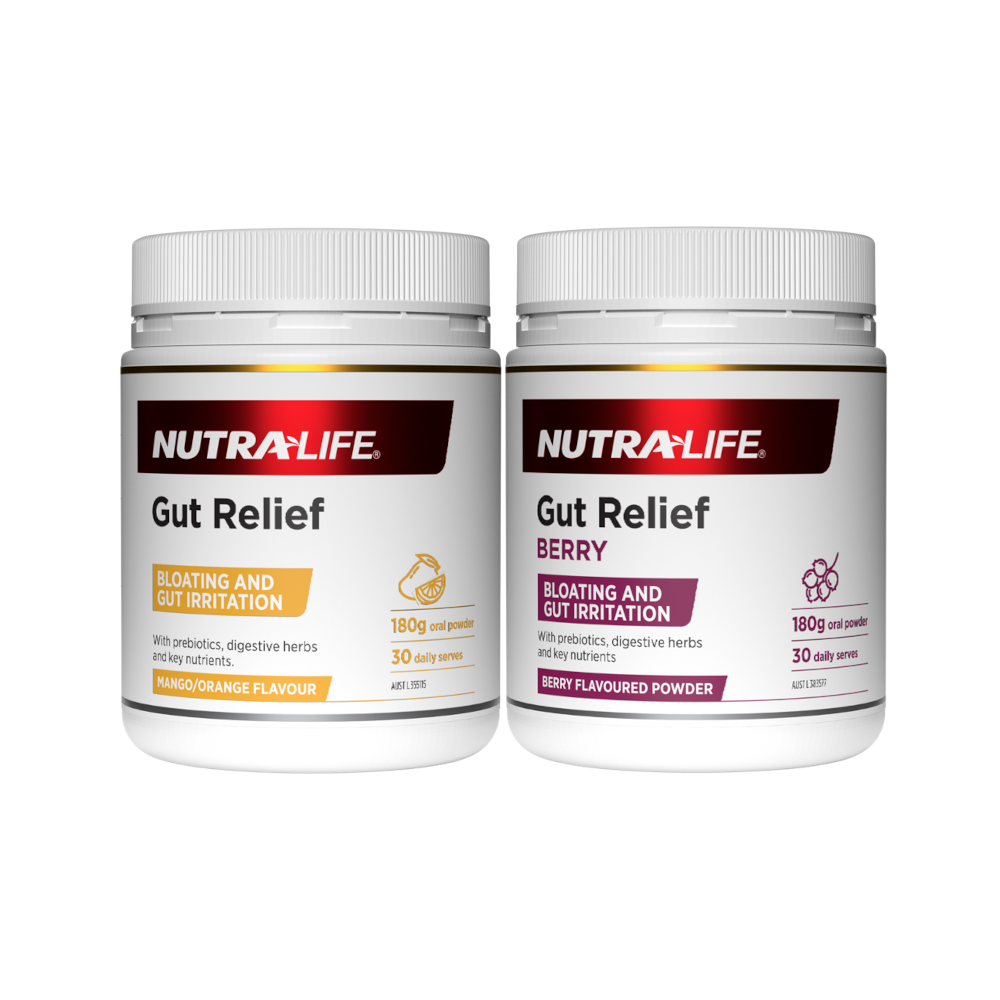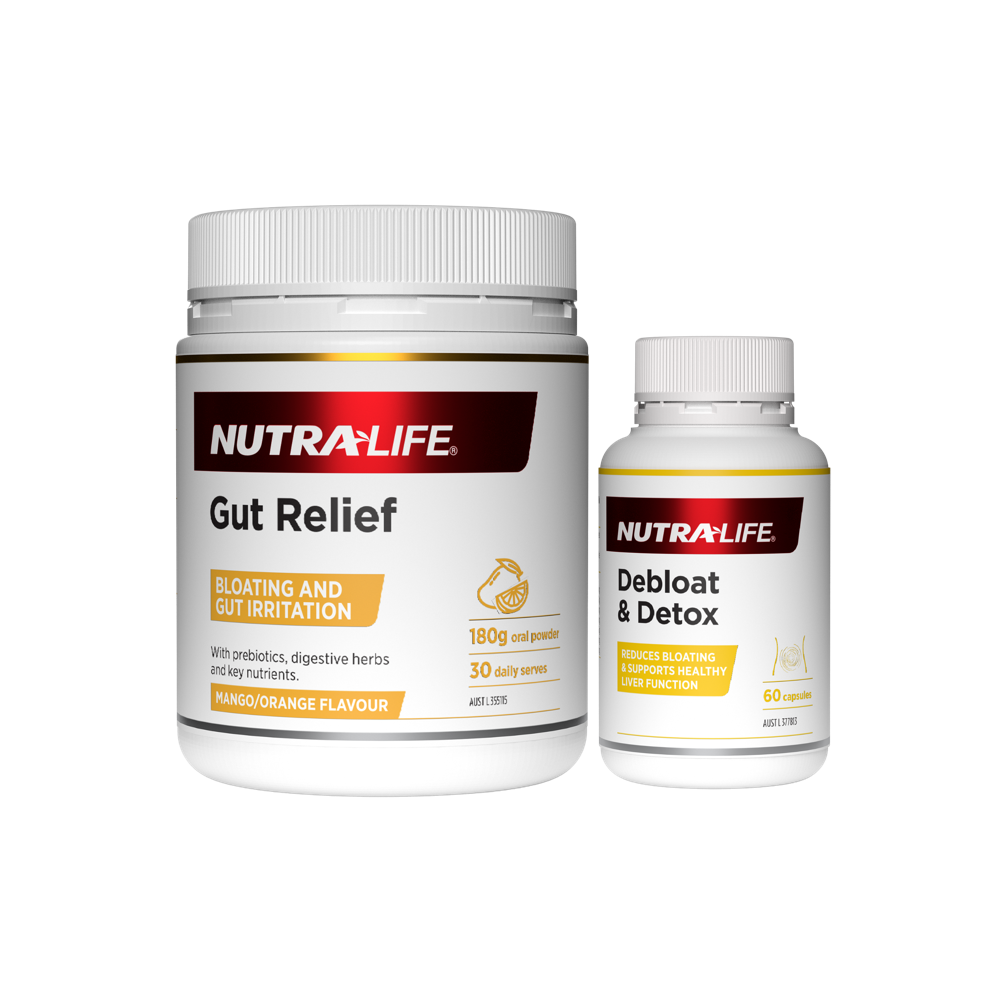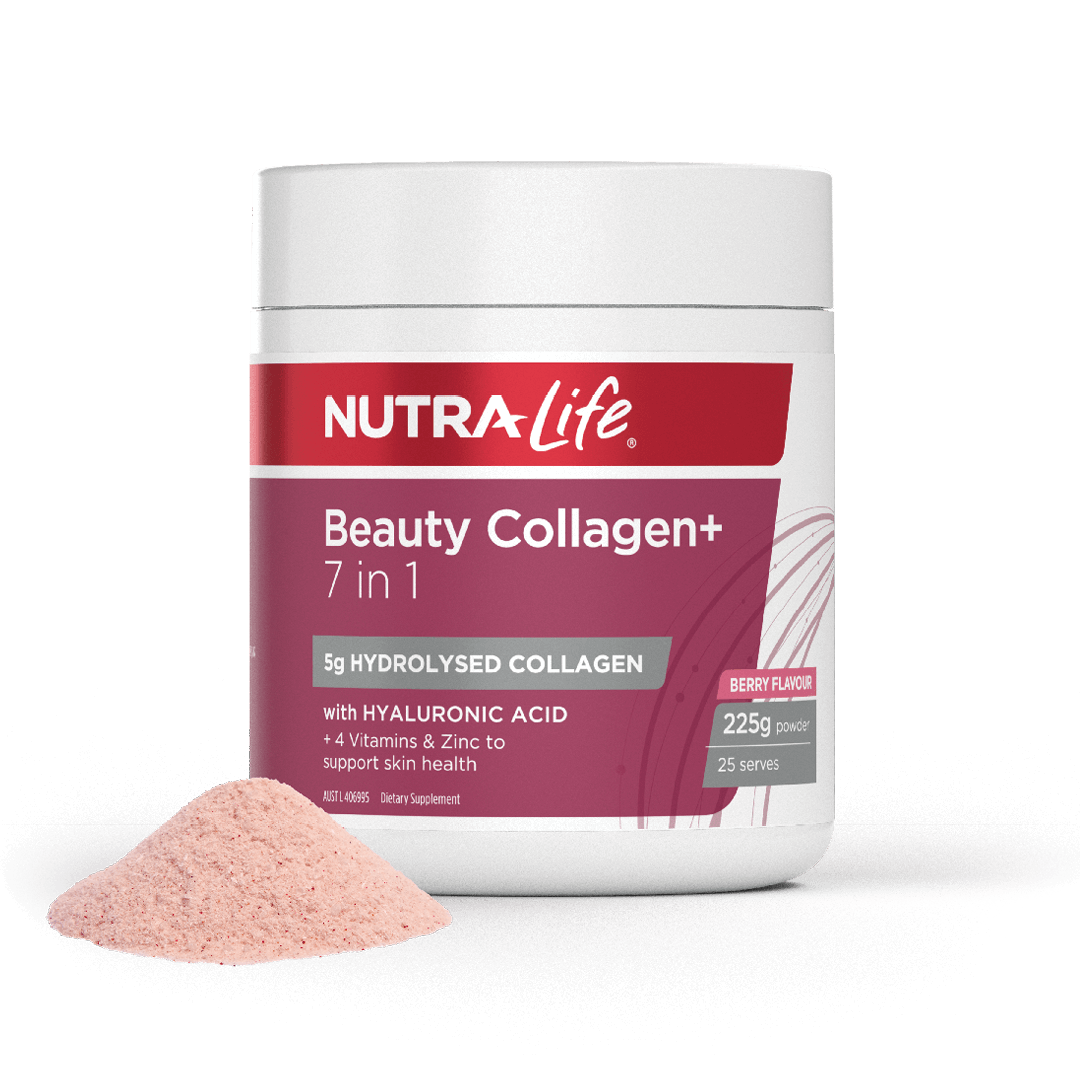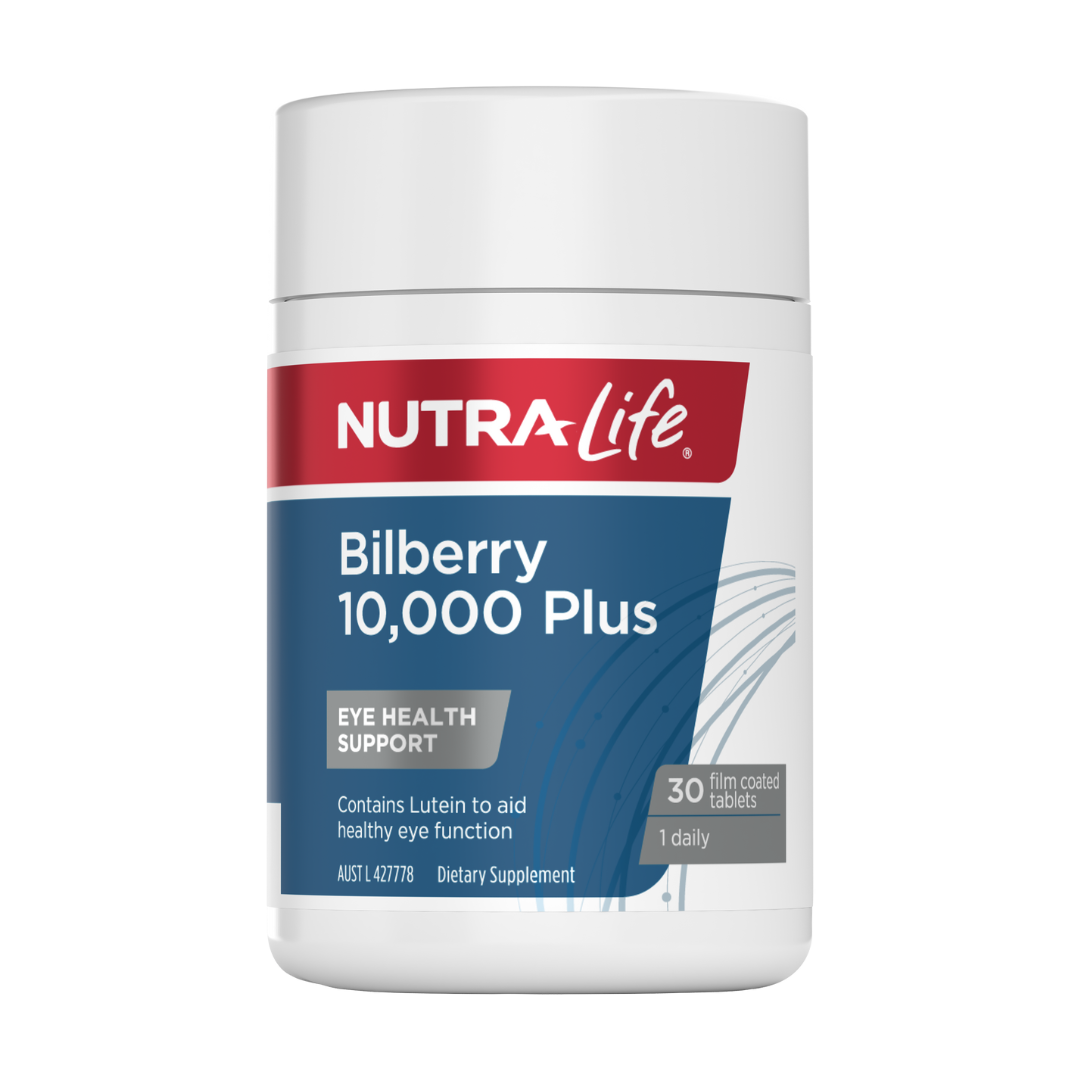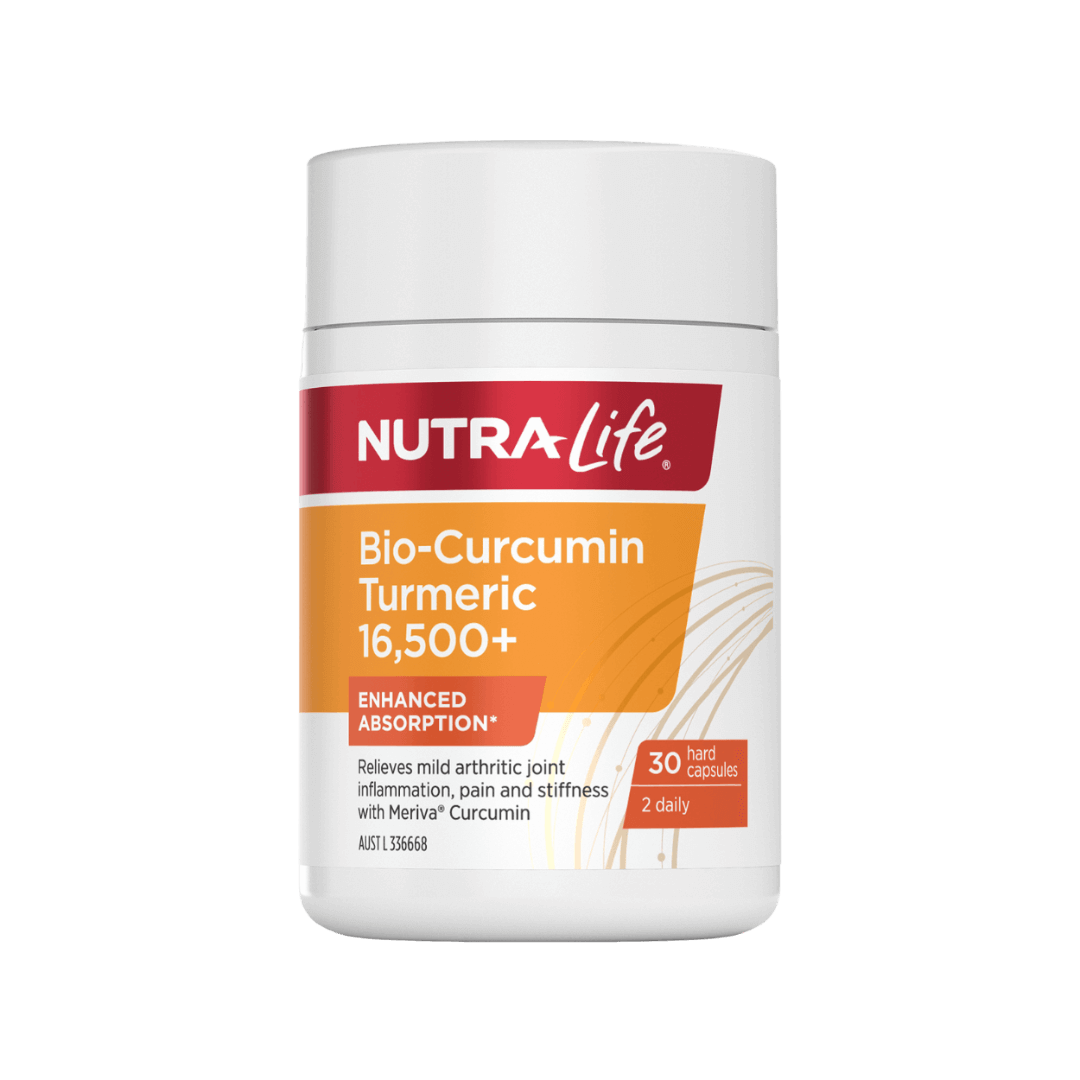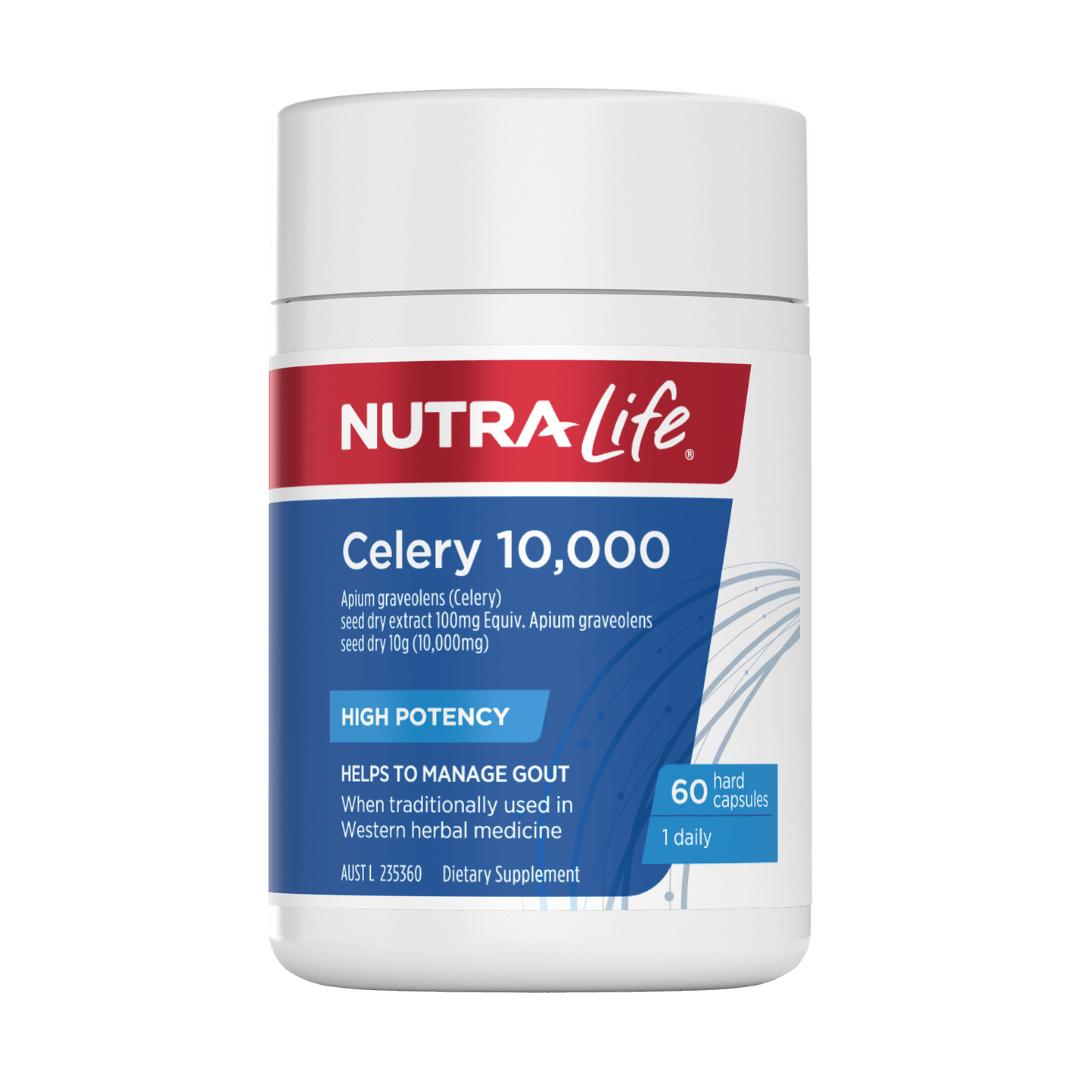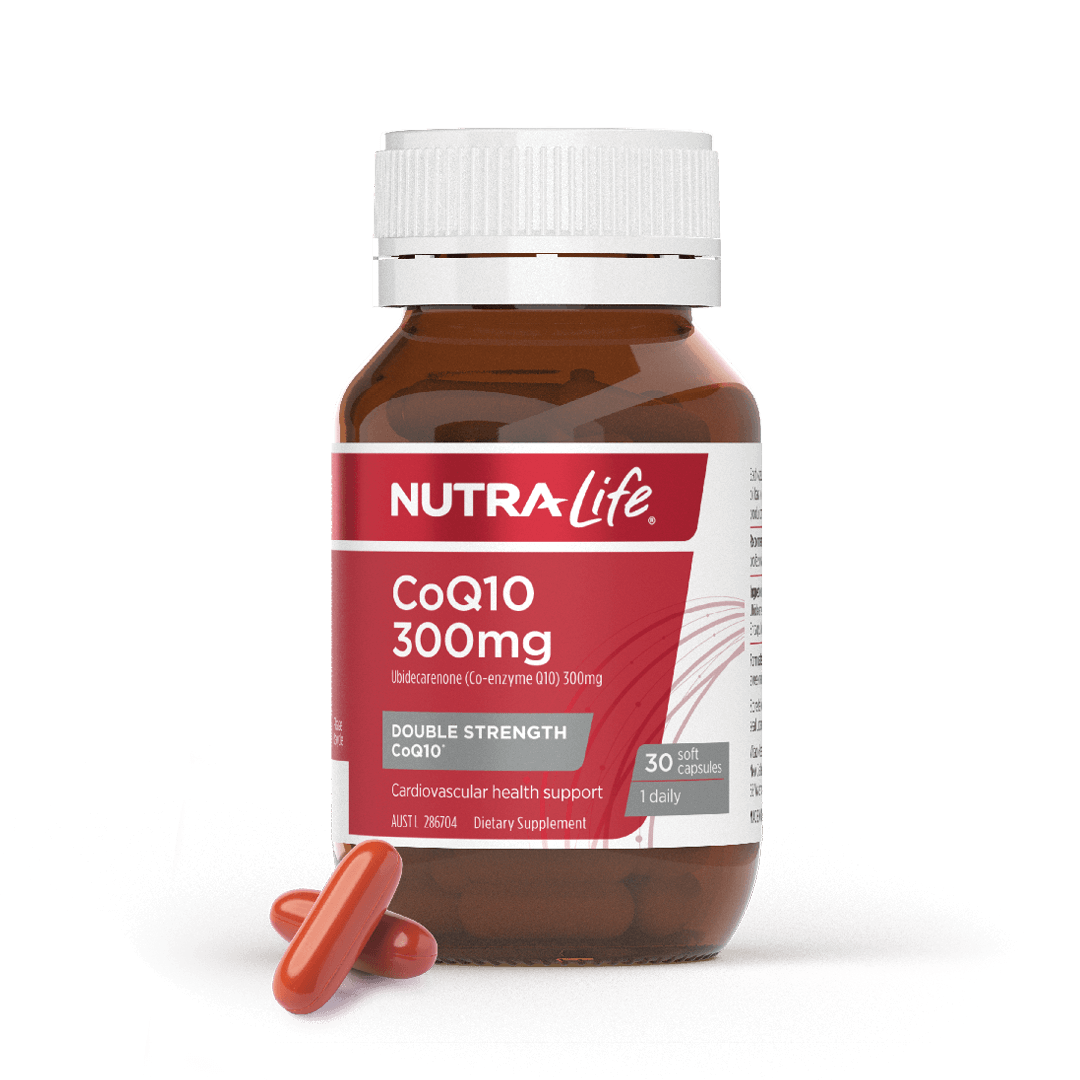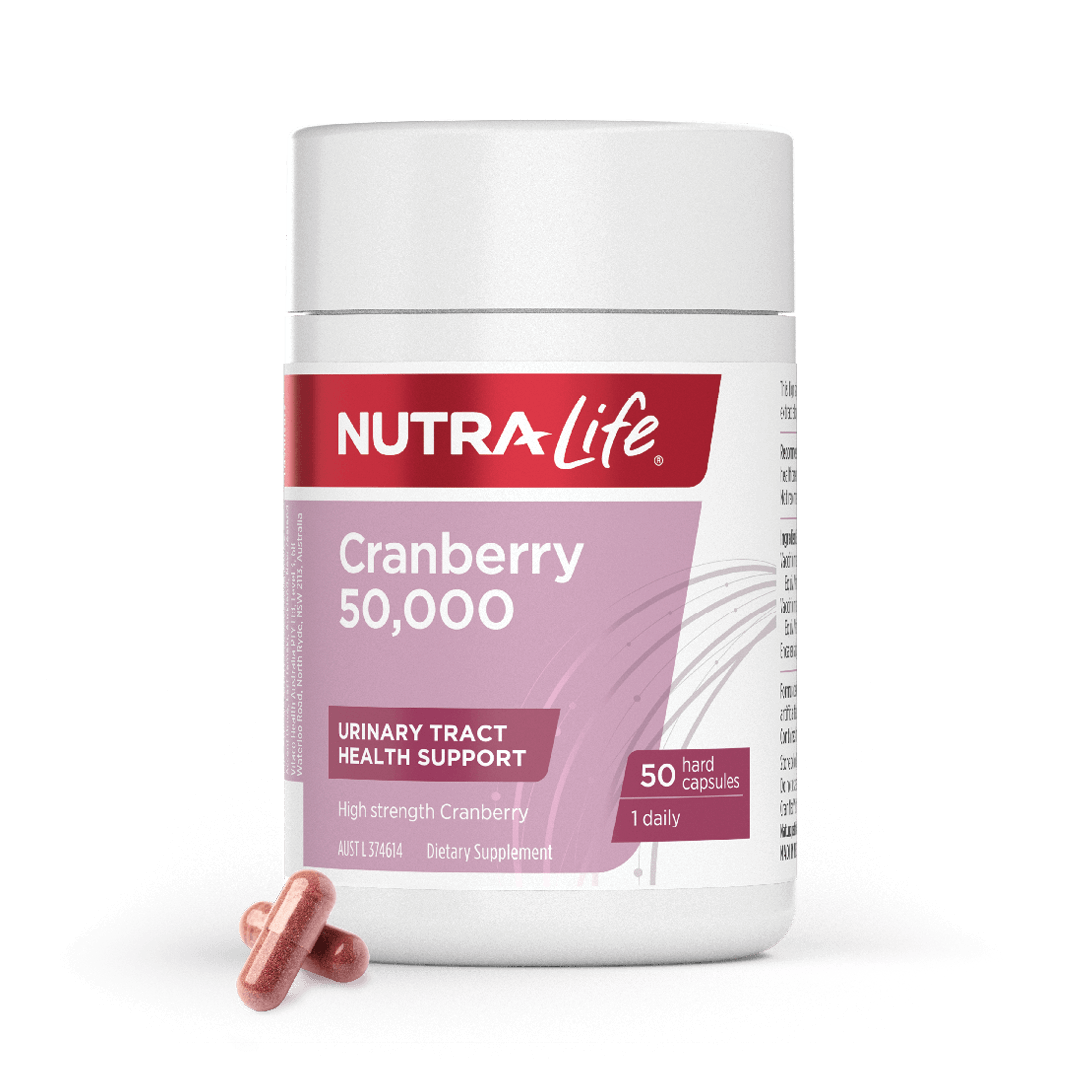Lactose intolerance is a common condition that affects many people worldwide, particularly as they age. It's caused by the body's inability to properly digest lactose, a sugar found in milk and dairy products. While this condition can make enjoying dairy products challenging, there are various ways to manage symptoms and still benefit from the nutrients that dairy offers.
In this article, we'll explore the signs and symptoms of lactose intolerance, the importance of dairy in our diet, and practical tips for enjoying dairy if you're lactose intolerant.
Signs and Symptoms of Lactose Intolerance
Lactose intolerance occurs when the body does not produce enough lactase, the enzyme responsible for breaking down lactose. When lactose isn't properly digested, it moves into the colon, where it's fermented by bacteria, causing uncomfortable symptoms.
Common signs and symptoms of lactose intolerance include:
- Bloating and flatulence: These are caused by the fermentation of undigested lactose in the gut
- Diarrhoea: The excess lactose can pull water into the intestines, leading to loose stools
- Stomach cramps: Abdominal pain or discomfort is a frequent complaint
- Nausea: Some people feel nauseous after consuming lactose-containing foods
These symptoms can vary in severity depending on the amount of lactose consumed and the individual's sensitivity. While lactose intolerance is not life-threatening, it can be quite uncomfortable, especially after eating foods like milk, cheese, and ice cream.
The Benefits of Dairy in Our Diet
Despite the challenges of lactose intolerance, dairy products can be an integral part of many people's diets. Dairy products are rich in essential nutrients.
Benefits of Dairy Products:
- Rich in calcium: Dairy is a great source of calcium, which is essential for maintaining strong bones and teeth. It also plays a critical role in muscle function and nerve transmission
- Good source of protein: Dairy products like milk, cheese, and yogurt are sources of protein, which supports muscle repair, immune function, and overall cell growth
- Vitamins and minerals: Dairy contains with important nutrients like vitamin D, which helps the body absorb calcium, as well as B vitamins that support energy metabolism and brain function
- Probiotics in yoghurt: Fermented dairy products like yogurt contain beneficial probiotics that promote a healthy gut microbiome and may aid digestion
- Bone health: Regular dairy consumption has been linked to stronger bones and a reduced risk of osteoporosis, especially when combined with weight-bearing exercise
While some people choose to avoid dairy due to the unpleasant symptoms of lactose intolerance, benefits of dairy can often still be enjoyed with the right strategies.
Tips on How to Eat Dairy When Lactose Intolerant
Living with lactose intolerance doesn't mean you have to miss out on the nutritional benefits of dairy. There are a few strategies you can use to reduce symptoms and continue to enjoy your favourite dairy products. These options can be a good place to start.
1. Take Nutra-Life Lactose Digest
Take a supplement to help break down the lactose in the food you eat. This can be a quick and convenient solution. Nutra-Life Lactose Digest is a high strength formula that helps break down lactose, making it easier for your body to digest and reducing the discomfort that typically accompanies lactose intolerance.
Simply take one chew right before you consume dairy. It comes in a delicious natural vanilla flavour!
How Nutra-Life Lactose Digest Works
Nutra-Life Lactose Digest contains the enzyme lactase (Tilactase), the enzyme that your body naturally produces to digest lactose. When you take Lactose Digest with your dairy meal, the lactase in the product helps break down lactose into glucose and galactose, two simple sugars. These sugars can then be absorbed through the walls of the intestine, preventing the undigested lactose from reaching the colon, where it would otherwise be fermented by gut bacteria and cause bloating, gas, and diarrhoea. By supplementing your body's natural enzyme supply, you can enjoy dairy without the usual discomfort.
This approach allows you to consume dairy products that you might otherwise avoid, giving you a more enjoyable and less stressful eating experience. It's particularly helpful for people who are sensitive to even small amounts of lactose or who don't want to completely eliminate dairy from their diet.
2. Opt For Lactose-free Dairy Products
One of the easiest ways to manage lactose intolerance is by switching to lactose-free alternatives. Lactose-free milk, cheese, and yogurt are available in most grocery stores and contain all the same nutrients as regular dairy products, but the lactose has been removed or broken down. These products are typically well-tolerated by people with lactose intolerance.
3. Choose Dairy with Lower Lactose Content
Not all dairy products contain the same amount of lactose. Some dairy foods are naturally lower in lactose, including:
- Hard cheeses (cheddar, gouda, parmesan, feta) contain less lactose than soft cheeses like ricotta or cream cheese.
- Yogurt contains live cultures (probiotics) that help break down lactose, making it easier to digest.
- Butter has a small amount of lactose and may be tolerated by some individuals.
- WPI - Whey Protein Isolate protein powders contain less lactose than Whey Protein Concentrate (WPC) protein powders.
4. Try A2 Milk
The amino acids in the A2 protein are much easier for our bodies to break down than those in the regular milk which contain the A1 protein. This can result in fewer lactose intolerance symptoms, and a healthier overall digestive system.
Dietary Tips for Managing Lactose Intolerance
- Try lactose-free dairy or dairy-free alternatives: If you're unable to tolerate even small amounts of lactose, try exploring lactose-free versions of your favourite dairy products, such as lactose-free or dairy-free milks (like nut and oat milks, coconut & soy), cheeses, and ice creams. Vegan products are also dairy free. All of these products are readily available these days in supermarkets and health food stores, or better still try making them at home.
- Eat small portions of dairy: If you want to include dairy in your diet, try consuming smaller portions throughout the day rather than a large amount at once. Also consume them with other foods to slow down the passage of dairy through the intestines. This can give your digestive system a better chance of breaking down the lactose.
- Choose full cream milk over skim milk: The fats in full cream milk help slow its movement through the digestive system, giving lactase enzymes more time to break down the lactose.
- Learn to read labels: Lactose can be found in many processed foods that you might not expect including; sauces, dips, breakfast cereal, salad dressings, protein bars and baked goods. Check labels for milk, milk solids, or whey. Medications often contains lactose too and may not be written on the label. Speak to your healthcare professional or pharmacist if you are concerned.
Where Can I Buy Nutra-Life Lactose Digest?
Nutra-Life Lactose Digest aids digestion lactose and relieves bloating, flatulence and abdominal pain associated with lactose intolerance.
Nutra-Life Lactose Digest is available online and in all reputable pharmacies and health stores. Be sure to follow the recommended dosage instructions to achieve optimal results and enjoy your dairy products without the discomfort.
Living with lactose intolerance doesn't mean you have to give up on dairy. With the right strategies, such as choosing lactose-free options, taking supplements like Nutra-Life Lactose Digest, and consuming smaller portions, you can continue to enjoy the nutritional benefits of dairy while minimising symptoms. Don't let lactose intolerance hold you back-take control of your digestive health and enjoy your food!



